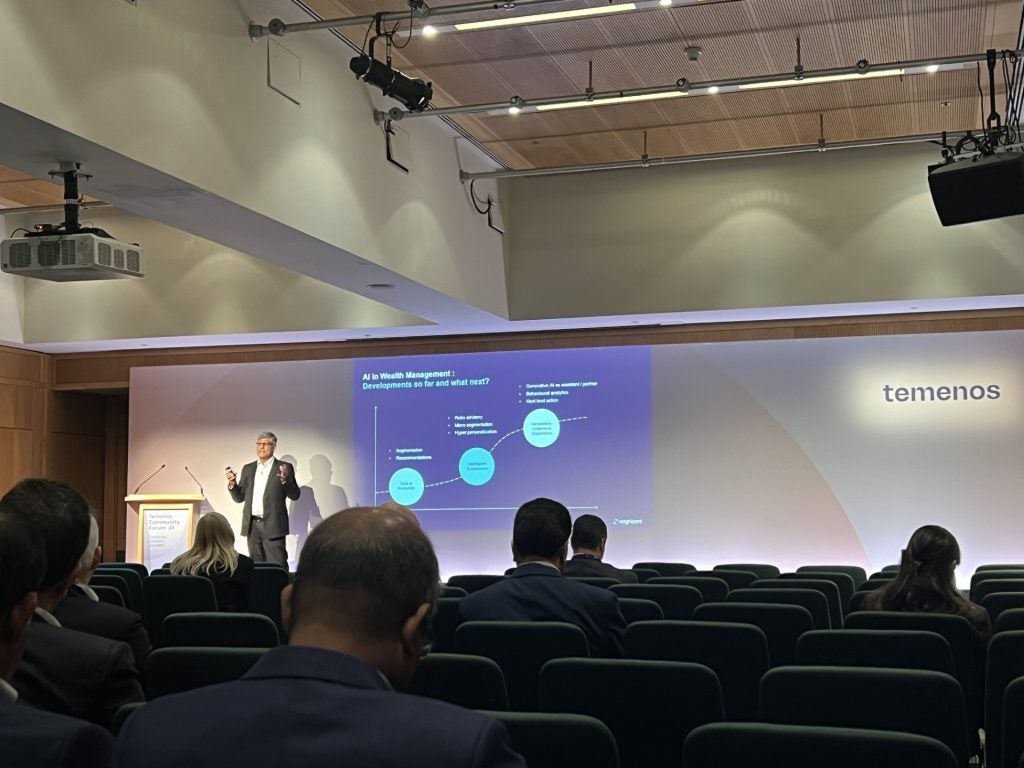
A report titled Philanthropy and the Global Economy v3.0: Perspectives on the Future of Giving was published by global bank Citi as part of its Global Perspectives & Solutions series.
The situation in Ukraine in 2022 sparked a global outpouring of philanthropic giving as people rushed to lend their support.
Giving to Ukraine, however, was only partially sufficient to increase philanthropic contributions and deter the economic challenges that are affecting donors’ capacity to give.
The study examined the patterns seen in 2022 and emphasised how crucial it is to comprehend how rising geopolitical unrest could affect charitable giving in the future.
While the COVID-19 epidemic saw a surge in donations and volunteerism that persisted, philanthropic attitude remained strong as a new norm.
| Change in share of global population performing each act vs 2017-19 | ||||
| Donations | Volunteering | Help Stranger | Prosocial | |
| 2020 | 0.9 | 0.1 | 6.2 | 2.4 |
| 2021 | 6.2 | 4.1 | 13.4 | 7.9 |
| 2022 | 5.7 | 3.5 | 10.8 | 6.7 |
Pro-social behaviours (such as giving to charity, volunteering, and helping a stranger) continued to be substantially higher internationally in 2022 than they were in 2017–19, even though there was a minor decrease from 2021 to 2022.
How well do you really know your competitors?
Access the most comprehensive Company Profiles on the market, powered by GlobalData. Save hours of research. Gain competitive edge.

Thank you!
Your download email will arrive shortly
Not ready to buy yet? Download a free sample
We are confident about the unique quality of our Company Profiles. However, we want you to make the most beneficial decision for your business, so we offer a free sample that you can download by submitting the below form
By GlobalDataHowever, in 2022, charitable receipts changed globally.
Growing number of institutional and wealthy donors
When examining the diminishing number of individual donors in the United States, it is important to note that there are two components to this trend, each of which has an impact on how the non-profit sector will develop in the future:
- A move towards wealthier individual donors, and
- A greater institutionalisation of the donor base.
Wealthier income groups are more likely to donate and to continue doing so both before and throughout the pandemic, contributing to the growing affluent demographic in the US donor pool.
As philanthropic contributions from people increasingly go towards companies and, to a greater extent, foundations, the US donor base is simultaneously growing more institutional.
The information below displays the percentage of donations made to charities by source; in 1982, individuals accounted for the vast majority of charitable contributions.
Additionally, the percentage of foundation donations has grown considerably in 2022.
| Share of charitable giving by source | |||
| Individual | Corporations | Foundations | |
| 1982 | 90% | 5% | 5% |
| 2022 | 73% | 6% | 21% |
Speaking with Private Banker International, Karen Kardos, global head of philanthropic advisory at Citi Private Bank, discussed philanthropic trends and initiatives for the future.
Donating, volunteering, and helping a stranger decreased somewhat globally in 2022, although all three remained much higher than pre-pandemic levels, according to Kardos.
Researchers come to the conclusion that calls for adjustments to the way charitable organisations use their resources would result from funding from the “silent and baby boomer generations”.
The study indicates that a global wealth transfer estimated at $100trn (£82.3trn) will “reshape philanthropic giving”.
The decision, according to the authors, would lead to requests for modifications in the way charitable groups use their assets.
Kardos said: ‘‘An estimated $100trn is currently being transferred from the baby boomer generation to their heirs. Women and younger generations will control much of this wealth and become the decision makers when it comes to philanthropy, from both a granting and investment perspective. With control over the estimated $2.4trn of assets held by private foundations, women and younger generations who tend to favour ESG investment strategies, may shift foundation endowments towards a mission-related investment strategy.’’
She further addressed the following philanthropic trends for the coming years: ‘‘The biggest growth amongst the three metrics is in helping a stranger, an activity performed independently of formal non-profit organisations. Part of this might be due to the increasing ease with which strangers can give to one another, mediated by new technologies like crowdfunding platforms.
“Another factor is that trust in non-governmental organisations (NGOs) as institutions is lacking, having modestly declined in 2022. This might be pushing would-be donors away from formal non-profits. While donations were relatively flat, the donor base is shifting. Individual giving is down, as generally, the ultra-high-net worth and high-net worth individuals continue to give, while those is lower income brackets are not able to do so.
“The digital revolution – particularly artificial intelligence and big data – will inform and influence giving patterns. Technology could play a role in replenishing the donor base, especially by driving personalisation, but frontier technologies like artificial intelligence are currently difficult for non-profits to adopt.’’
Improved relationships via technology
As the donor base gets more specialised and institutionalised, technology could be able to help.
A recent poll found that NGOs with a higher level of digital maturity had better interactions with their stakeholders.
The report further indicates that developing technologies such as artificial intelligence (AI) could provide organisations with a deeper knowledge of why individuals give to the organisations they do, as well as a broader grasp of donors’ philanthropic preferences.
According to a 2022 poll, non-profits with higher levels of digital maturity report greater relationships with stakeholders, as illustrated in the data below.
| Greater digital maturity is associated with stronger stakeholder relationships | ||
| High Maturity | Low Maturity | |
| Beneficiaries | 81% | 33% |
| General Public | 75% | 40% |
| Program Partners | 74% | 27% |
| Grant making Organisations | 73% | 31% |
| Employees | 67% | 42% |
| Government | 66% | 38% |
| Volunteers | 64% | 33% |
| Donors | 62% | 27% |
More practical effort is needed to assist non-profit organisations in understanding how digital technology might help restore the donor base.
However, non-profit organisations lack the means to invest in new technology, and most lack the in-house skills required to utilise frontier developments, causing them to fall below the for-profit market in embracing innovative technologies.
‘‘Non-profit organisations have challenges with resources,’’ said Susan Krimigis, US industry head for non-profit banking at Citi Commercial Bank.

When it comes to the obstacles of adopting technology for non-profit organisations, “restricted funding limits where money can be allocated, and they must prioritise expenses such as payroll, rent and travel. Due to budgetary constraints, non-profits tend to be thinly staffed, limiting their ability to implement new technology”.
Furthermore, when asked which technology non-profit organisations should use, Krimigis pointed out: ‘‘Non-profit organisations should get away from manual processes and integrate their ERP and banking systems. This will allow finance staff to spend less time on manual entries and more time on strategic projects that will further their organisation’s mission. Additionally, as we saw in the pandemic, there was an uptick in criminality through cyberwarfare. Utilising AI and machine learning allows for the automated identification of anomalous flows, providing immediacy to bringing these issues to resolution.’’
The report advises non-profits will need to exercise caution when selecting which new technology to employ throughout the years that follow and decades, taking into account these problems and how they may change in the future.
Krimigis believes that things will change in the upcoming years as charities become more efficient due to current technologies. This is in line with the trends that will be observed over the next few years to increase efficiency in banking operations as well as fund raising, as she said: “Non-profits need more unrestricted funding to pay for the technology needed. As we have seen recently with some very large, unrestricted giving, I believe this will become a much-needed trend among the largest donors and grant makers. Furthermore, the introduction of treasury tools allows for the expedited application of cash into the supply change, allowing organisations to efficiently maximise liquidity from donations in their philanthropy network.”
International donating is evolving
Considering the spike of foreign donating to Ukraine in 2022, the study demonstrated how the landscape of philanthropy is altering. Donors are expressing an interest in supporting locally led organisations that are run and regulated in the communities they serve, and charities are responding by relocating their activities closer to their beneficiaries.
Outside of Europe and North America, donating has increased, which is consistent with regions where confidence in NGOs is currently at its strongest.
China, Kenya, India, and Nigeria have the highest levels of trust, while not traditionally contributing a significant portion of their GDP to organised non-profits.
However, some of these countries have high rates of direct community giving through religious practises, such as the Islamic practise of Zakat.
| Kenya: Split of Newly Registered NGOs, 2021/22 | |
| International | 20% |
| Domestic | 80% |
There has been talk of an impending recession through 2023. What role do charity play if a recession is on the horizon?
“Economic conditions play a critical role in charitable giving,” was Kardos’ response.
“GDP, inflation, unemployment, cost of living, and the stock market performance, just to name a few, will impact how much donors give to charity. On the flip side, those same factors impact the abilities of non-profit organisations to provide goods and services to those in need. It’s really a double edge sword, as inflation rises, for example, the ability for the average donor to give declines and the donations that are made to non-profits don’t stretch as far as they used to.”
In summary, what does this indicate for the future of philanthropy?
Kardos concluded: “With respect to the shifting donor base, there are a couple of ramifications. The first is that foundations and corporations will play a bigger role in philanthropy in the future. The second, is that fewer voices are being heard as to which focus areas (i.e., education, health, environment, arts, etc.) and which non-profits are being funded. Communicating the impact of gifts to smaller donors is challenging. Fundraisers described difficulties engaging those who give less and stewarding smaller gifts.
“There is a wider sense in which the non-profit and for-profit industries are moving closer together in business model, in purpose and in partnerships. True partnerships between for-profit and non-profit organisations present an opportunity for the exchange of skills and expertise. For example, non-profits can play a key role in supporting the for-profit industry, to understand and measure social impact as part of the ESG (environmental, social, and governance) movement.”







